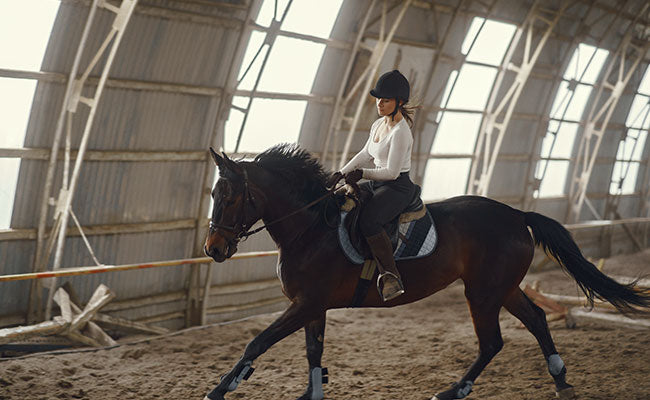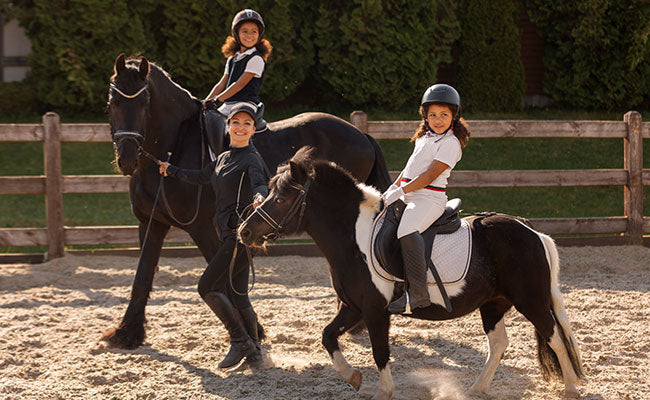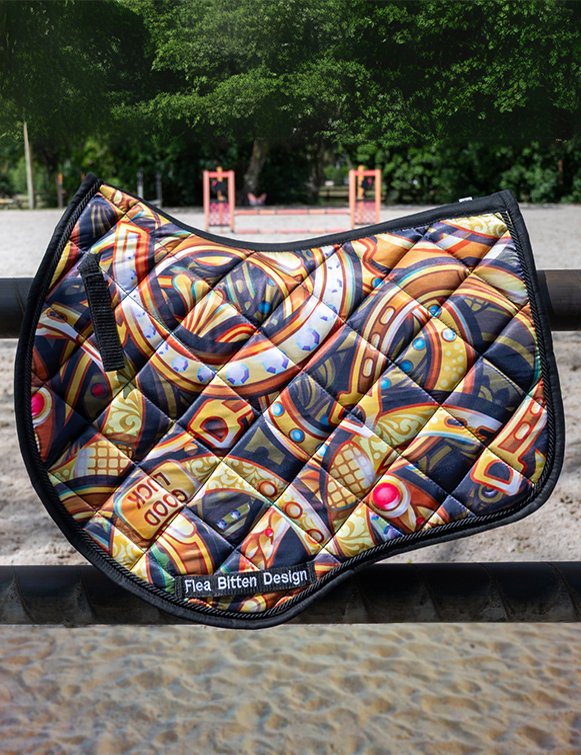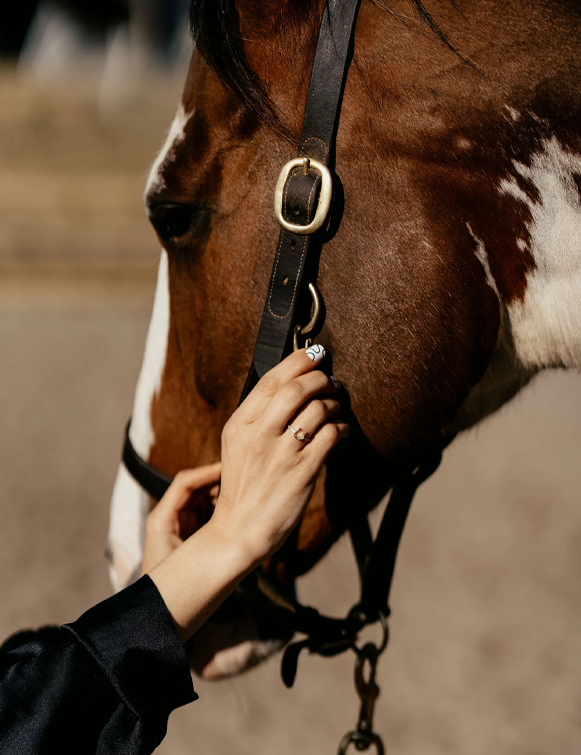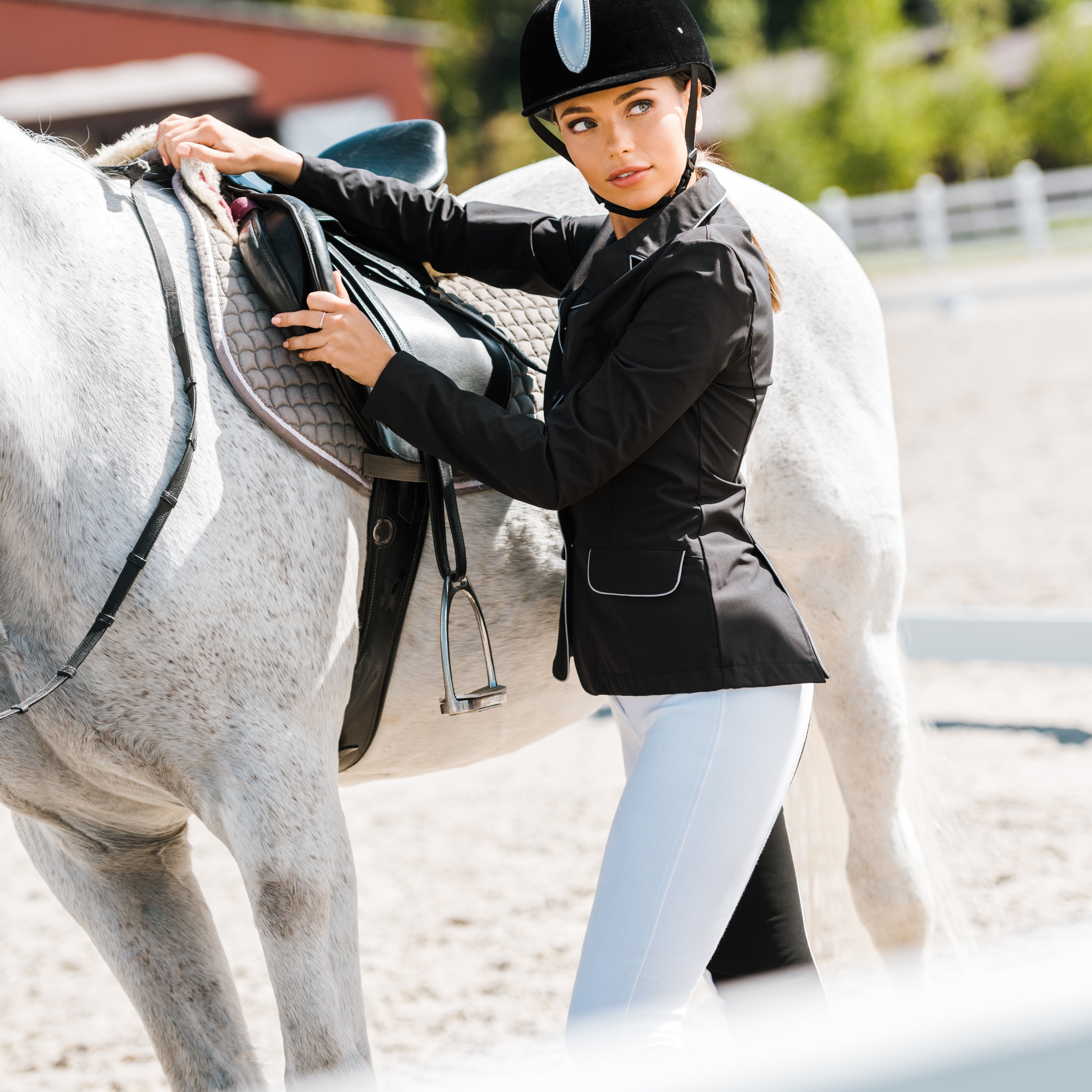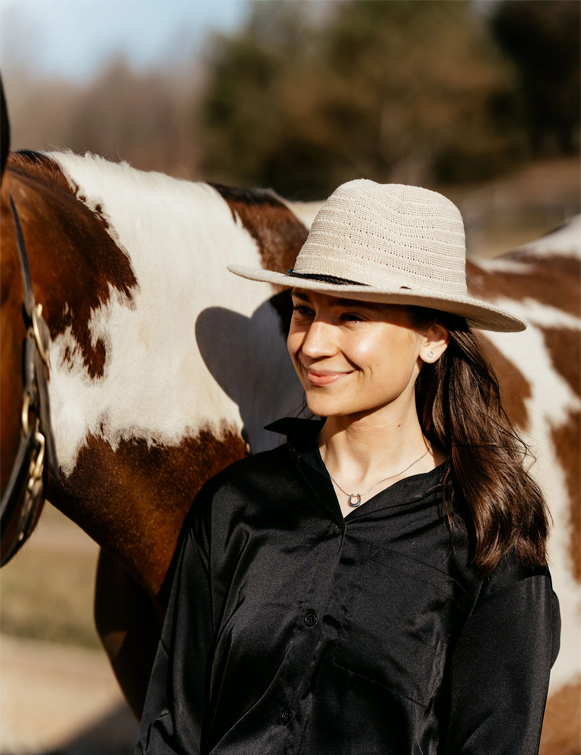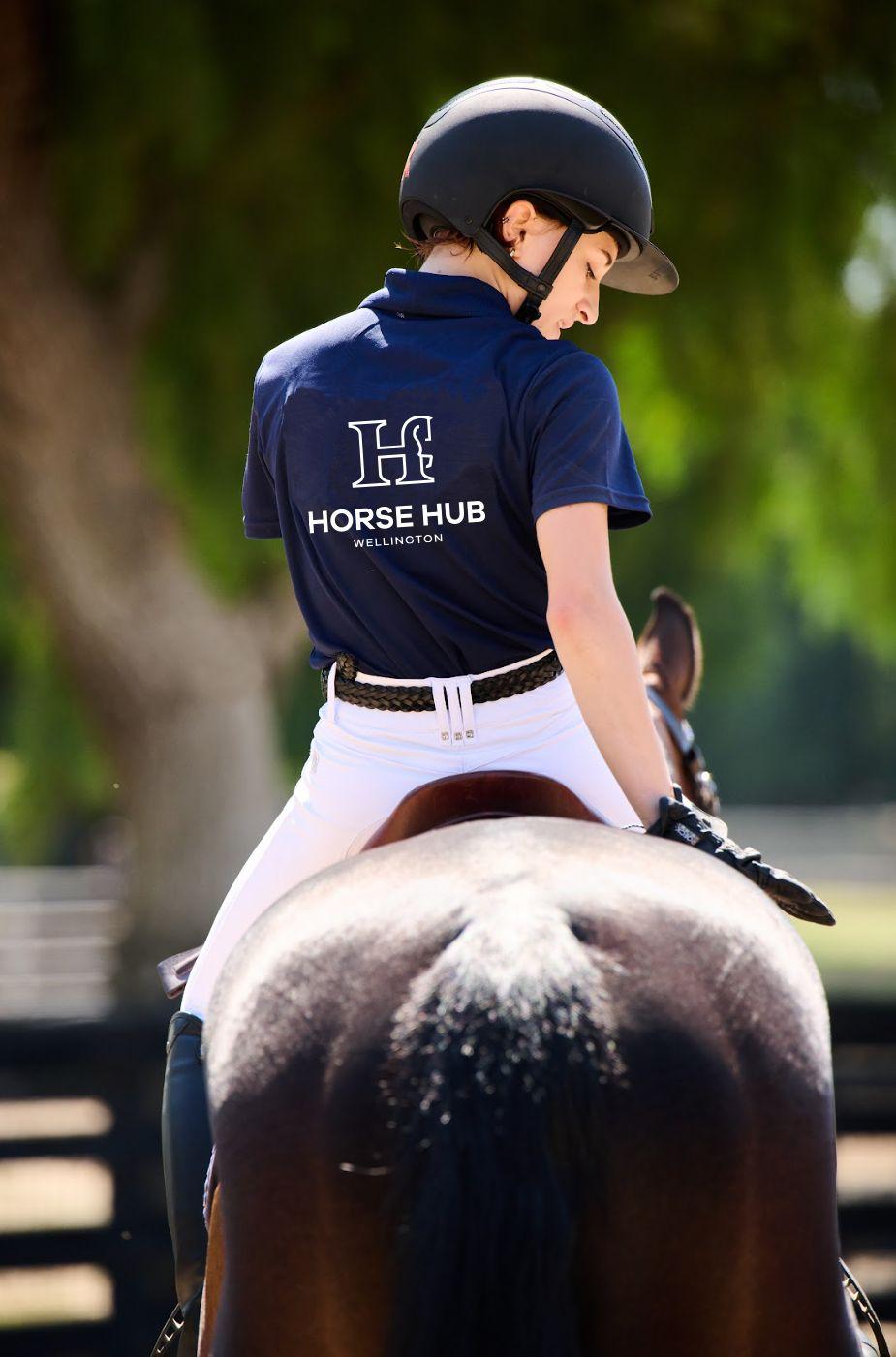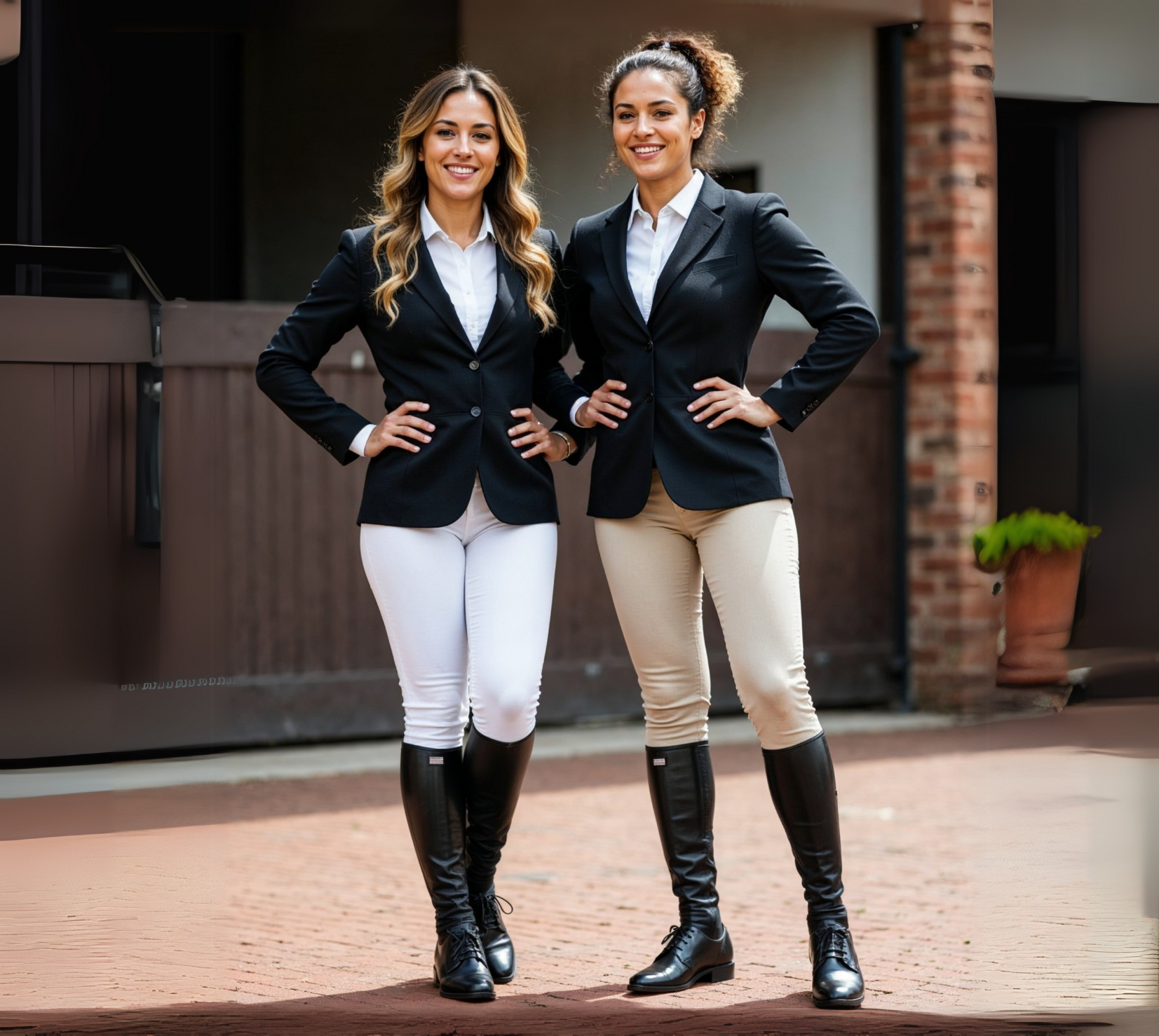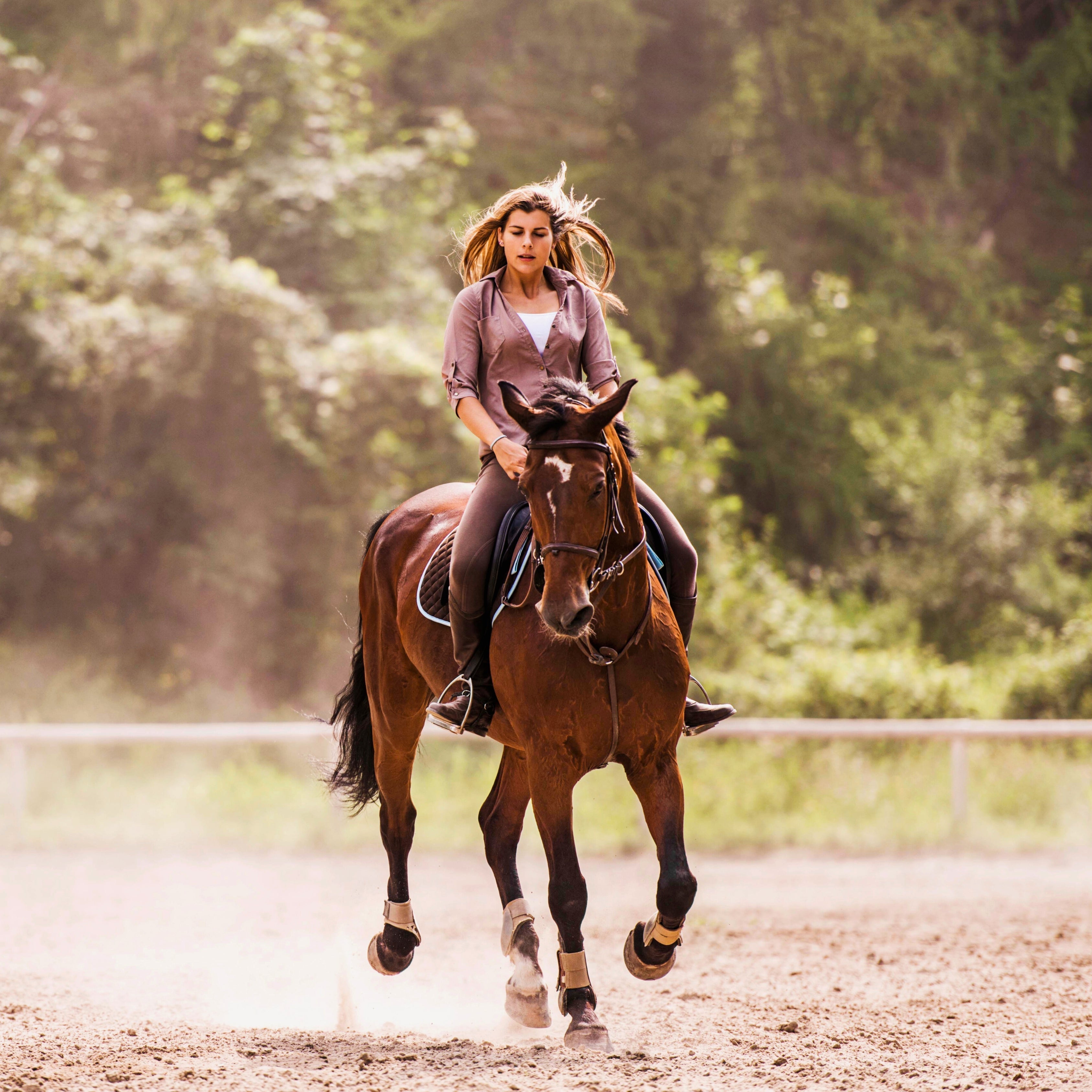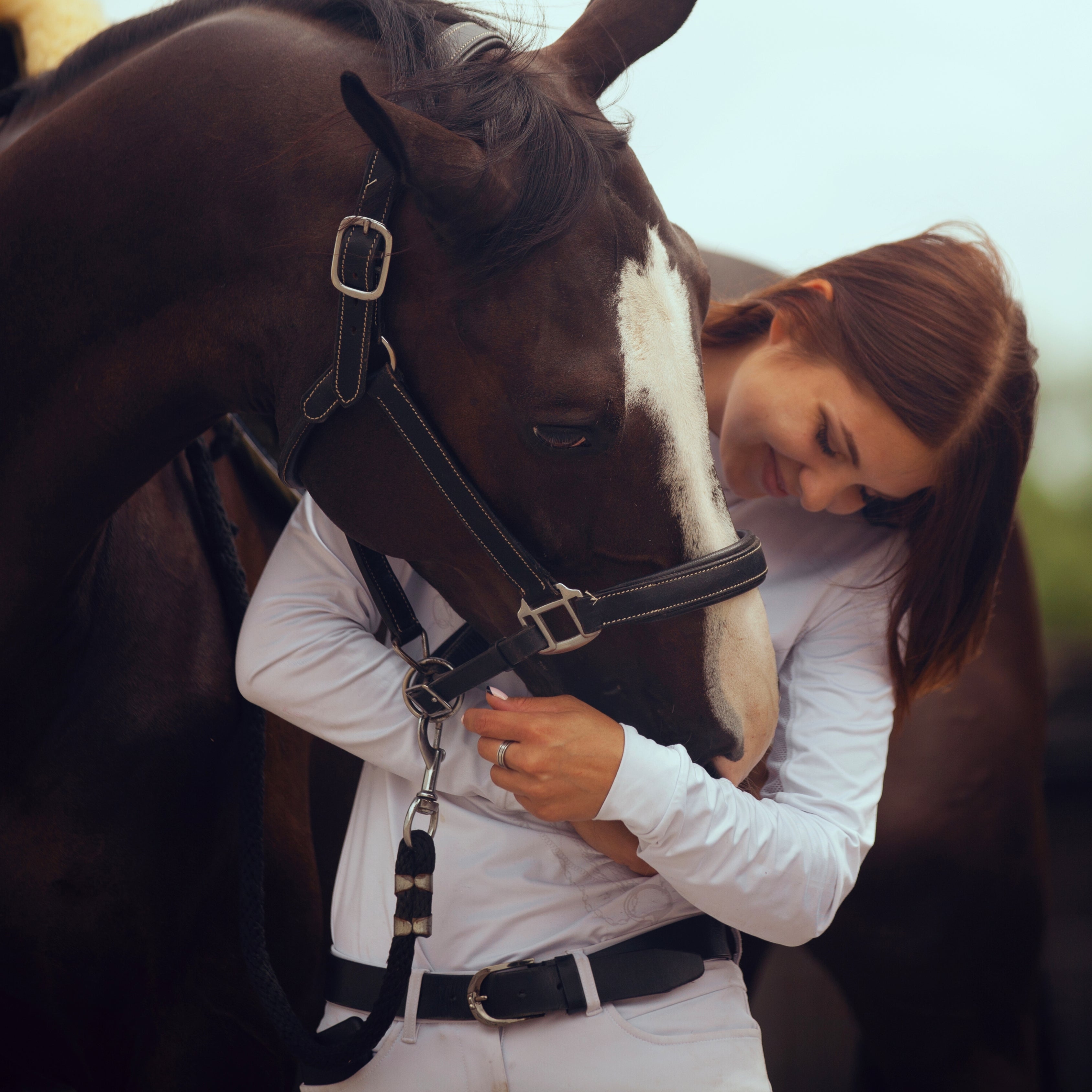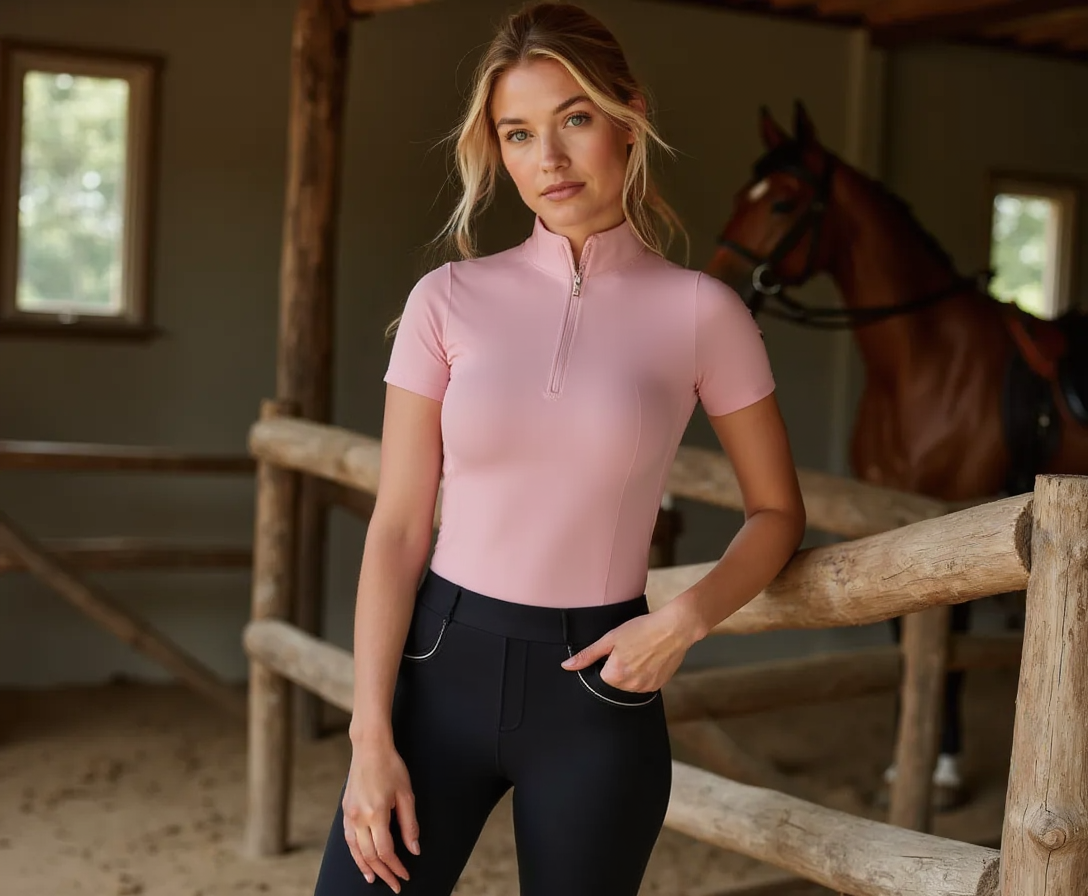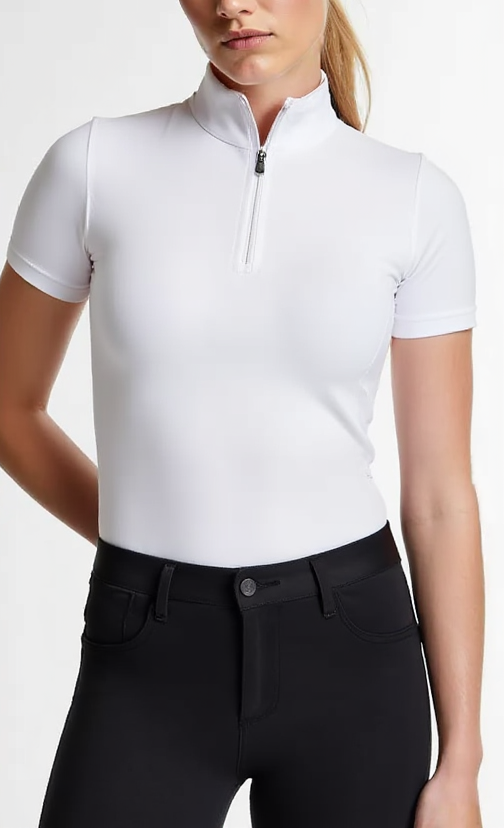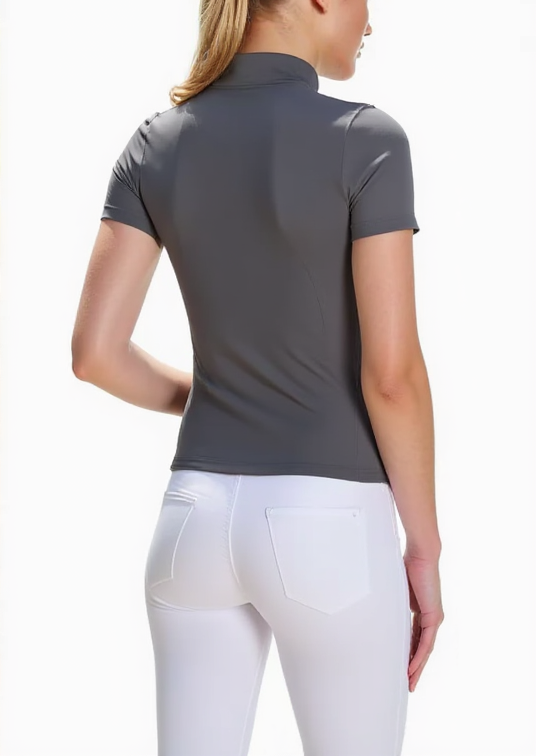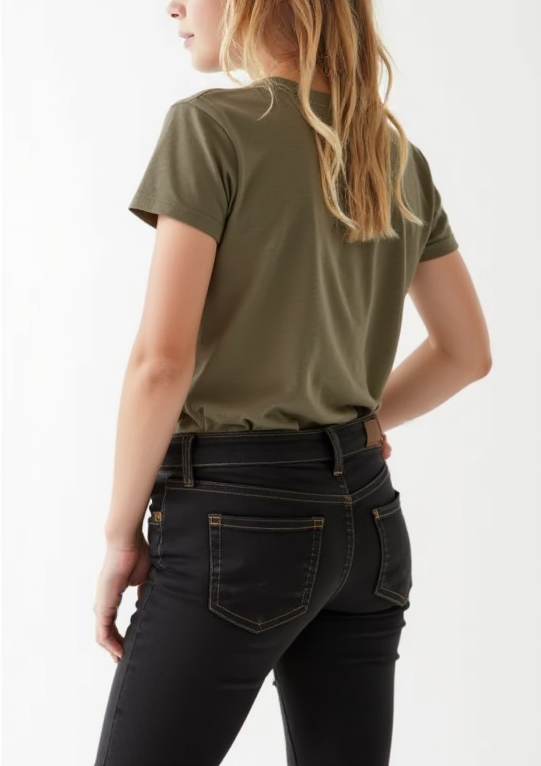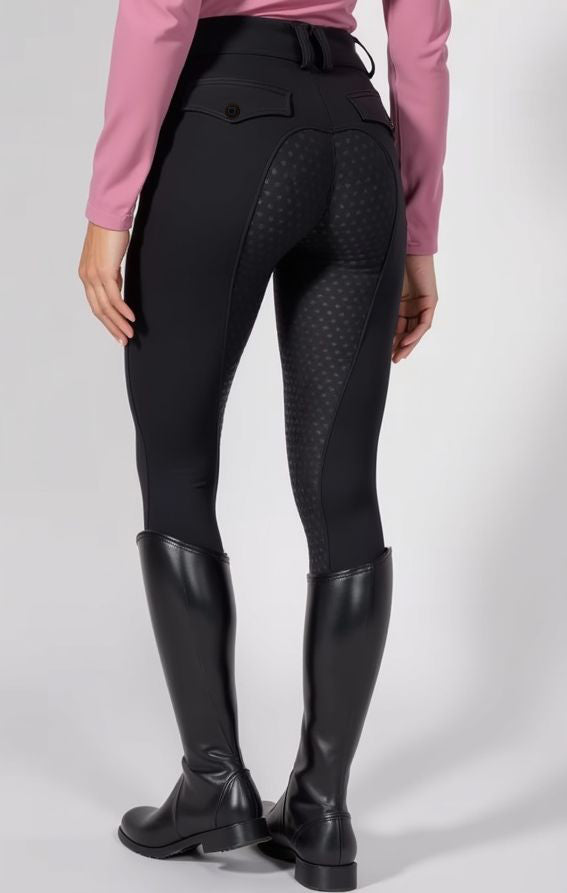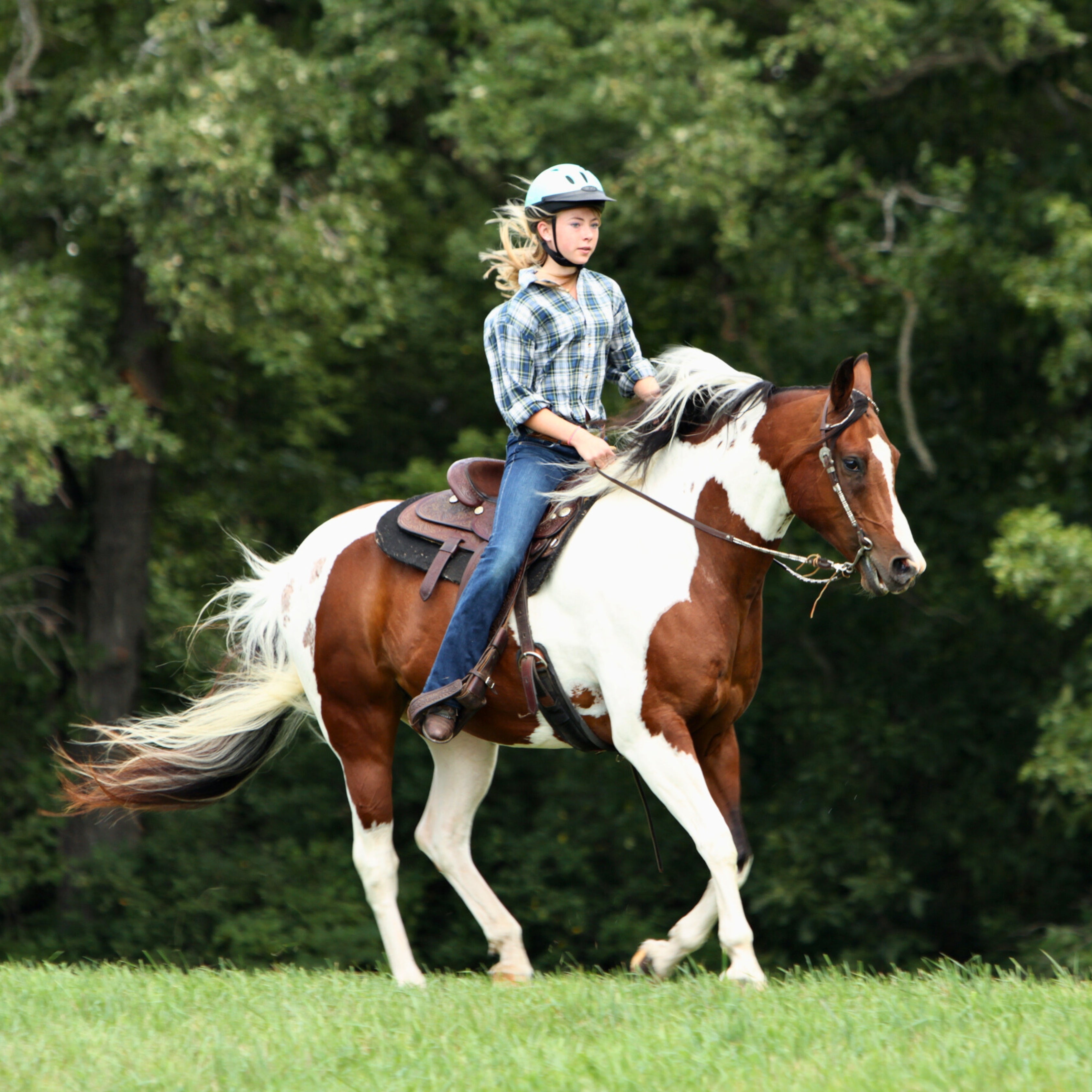
How to Find the Perfect Saddle for You and Your Horse
Finding the perfect saddle is one of the most important decisions any equestrian can make. Whether you are a casual rider who enjoys leisurely trail rides, a competitive equestrian participating in disciplines such as dressage, show jumping, or Western events, or a professional working on a ranch, the saddle you choose significantly impacts your riding experience, your horse’s comfort, and overall performance.
A properly fitted saddle ensures that both the horse and rider remain comfortable, balanced, and stable during riding sessions. It allows for even weight distribution, which prevents pressure points, pain, and muscle soreness. It also plays a key role in maintaining proper posture, helping the rider communicate effectively with the horse through seat and leg aids. A good saddle should enhance both freedom of movement and security for the rider.
Conversely, an ill-fitting saddle can cause a range of issues. It can create discomfort for the horse, leading to behavioral problems such as head tossing, resistance, and refusal to move forward. Prolonged use of an unsuitable saddle can result in physical injuries such as muscle strain, poor circulation, and long-term spinal damage. For the rider, a poorly designed or improperly fitted saddle can make it difficult to maintain proper balance and posture, leading to fatigue, instability, and a reduced ability to control the horse effectively.
With so many options available on the market, selecting the right saddle can feel overwhelming. This guide will walk you through everything you need to know about choosing the perfect saddle, including the different types of saddles, how to ensure a correct fit for both the horse and the rider, an overview of the most reputable saddle brands, and essential maintenance tips to keep your saddle in excellent condition for years to come.

Types of Saddles
There are two primary types of saddles: English saddles and Western saddles. Each of these categories contains several different saddle styles, designed to support specific riding disciplines. Understanding the differences between these saddles will help you determine which one is best suited for your needs.
English Saddles
English saddles are lightweight and designed to provide close contact between the horse and rider. These saddles allow for precise leg and seat aids, making them ideal for disciplines that require refined communication, such as dressage and show jumping.
Dressage Saddle
-
Designed for riders who practice dressage, which requires precise movements, balance, and engagement of the horse’s hindquarters.
-
Features a deep seat that allows the rider to sit in an upright position with proper spinal alignment.
-
Long, straight flaps encourage the rider to keep their legs long and positioned underneath their body, facilitating correct leg aids.
-
Minimal knee rolls allow for greater flexibility and control over leg movements.
Jumping Saddle
-
Specifically designed for show jumping, hunter-jumper events, and cross-country riding.
-
Has a shallow seat that allows the rider to move freely and shift their weight easily while going over fences.
-
Forward-cut flaps accommodate a shorter stirrup length, which helps maintain balance during jumps.
-
Thick knee and thigh rolls provide extra grip and security while jumping.
All-Purpose Saddle
-
A versatile saddle that combines elements of both dressage and jumping saddles, making it suitable for riders who participate in multiple disciplines.
-
Features a moderately deep seat that allows for both flatwork and jumping.
-
Slightly forward flaps provide some flexibility for different riding positions.
-
Medium knee rolls offer stability without restricting movement.
Endurance Saddle
-
Designed for long-distance riding and endurance competitions.
-
Features a lightweight construction to minimize strain on the horse.
-
Extra padding in the seat provides greater comfort for the rider over extended periods.
-
Secure flaps and knee rolls help keep the rider balanced on uneven terrain.
Western Saddles
Western saddles are larger, heavier, and designed for stability and comfort. They are commonly used for ranch work, Western pleasure riding, and rodeo events. Unlike English saddles, Western saddles have a horn at the front, which is used for securing ropes when working cattle.

Trail Saddle
-
Built for long hours of riding over varied terrain.
-
Features a deep seat and high cantle to provide support and security.
-
Padded seat ensures comfort for extended rides.
-
Lightweight design reduces strain on the horse’s back.
Roping Saddle
-
Specifically designed for working with cattle and participating in rodeo events.
-
Reinforced tree provides durability and withstands the force of roping livestock.
-
Sturdy horn is used to secure ropes.
-
Deep seat and high cantle provide stability for quick stops and sharp turns.
Barrel Racing Saddle
-
Designed for speed and agility in barrel racing events.
-
Lightweight construction allows the horse to accelerate quickly.
-
Deep seat and high cantle help the rider stay secure while making sharp turns.
-
Shorter skirts ensure close contact with the horse for better control.
To learn more about the differences between English and Western saddles, check out our Comprehensive Guide to Saddle Types.

Ensuring Proper Saddle Fit
Fitting the Saddle to Your Horse
A well-fitted saddle is essential for your horse’s comfort and well-being. If a saddle does not fit correctly, it can cause pain, lead to behavioral issues, and negatively impact performance.
-
The tree should match the shape of your horse’s back. Narrow trees are best for high-withered horses, while wider trees suit horses with broader backs.
-
The saddle should rest behind the horse’s shoulder blades to allow freedom of movement.
-
There should be at least two to three fingers of clearance between the withers and the saddle to prevent pressure points.
-
The panels should distribute weight evenly without creating gaps or excessive pressure.
If you are unsure whether your saddle fits properly, consider consulting a professional saddle fitter. You can also check out this detailed guide on How to Fit a Saddle to Your Horse.
Fitting the Saddle to the Rider
The correct saddle size ensures the rider’s comfort and stability. To determine the right seat size:
-
Sit in the saddle with your back against the cantle.
-
There should be about a hand’s width of space between your body and the front of the saddle.
-
Your knees should rest comfortably within the knee rolls without feeling cramped or overstretched.
For a detailed breakdown of seat sizes and how to measure yourself, check out Saddle Seat Sizing Guide.
Best Saddle Brands
Choosing a reputable saddle brand ensures high-quality materials, durability, and expert craftsmanship. Below are some of the most trusted brands for both English and Western saddles.
Best English Saddle Brands
-
Stubben – Known for their precision-engineered dressage and jumping saddles.
-
Bates Saddles – Famous for their innovative adjustable tree technology.
-
Prestige Saddles – High-performance Italian saddles offering superior comfort.
-
Wintec – Lightweight synthetic saddles that require minimal maintenance.
-
Pessoa Saddles – Trusted by professional riders worldwide.
Best Western Saddle Brands
-
Circle Y Saddles – Handcrafted Western saddles for trail and competition.
-
Billy Cook Saddlery – Premium leather saddles with traditional craftsmanship.
-
Reinsman Saddles – Custom Western saddles for comfort and durability.
-
Martin Saddlery – High-performance saddles for rodeo and reining riders.
-
Big Horn Saddles – Affordable yet durable saddles for everyday riding.
Conclusion
Selecting the right saddle is essential for both rider performance and horse comfort. When choosing a saddle, consider your riding discipline, your horse’s back shape, and your personal preferences. A high-quality saddle is a long-term investment, ensuring safety, security, and enjoyment for years to come.
Need stylish and functional equestrian apparel? Check out Horse Hub Apparel for premium riding gear!

